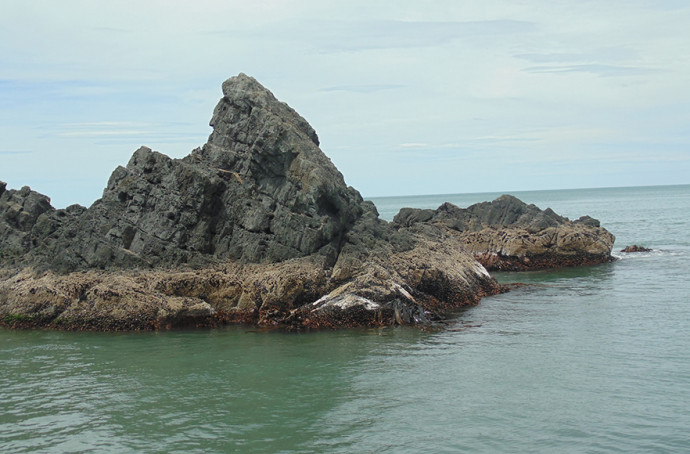Research
Published 23 May 2023Otago researchers reveal impact of ancient earthquake

By combining the scientific powerhouses of genetics and geology, University of Otago researchers have identified a new area of coastal uplift, which had been hiding in plain sight
The previously unknown region of earthquake uplift, in Rarangi, Marlborough, was discovered using a combination of new data from laser mapping and kelp genetics.
Co-author Professor Jon Waters, of the Department of Zoology, says the study gives new insights into the changes in Aotearoa’s landscapes and the recent history of earthquake impacts.
“In a geologically well studied country like New Zealand, there is still a lot to learn about our history of earthquakes and changing landforms,” he says.

Professor Jon Waters. Photo: University of Otago
The paper, just published in Journal of the Royal Society Interface, utilised LiDAR mapping (remote sensing technology used to model ground elevation) and genetic analysis of bull kelp from the uplifted section of coast.
The team identified a previously unrecognised area of uplifted rocky coastline – a bench about 1m above sea level – and a genetic anomaly in kelp below that bench. The kelp’s genetics indicate the species went extinct in the area following an earthquake, before being recolonised by kelp which drifted from 300km south.
The group believe the earthquake responsible occurred about 2000 to 3000 years ago, showing the potential for kelp to record geological disturbance events.
“The area is close to a well-known active fault and several big, past earthquakes have been well quantified by other researchers, but this coastal uplift zone was not previously known – the evidence for it is extremely clear now we’ve had a chance to look more closely.
“Rarangi is also a very popular summer swimming spot, rather than some obscure or remote location, and the evidence of coastal uplift was hiding in plain sight,” Professor Waters says.
The research is the latest output from the group’s Marsden-funded project assessing earthquake impacts on coastal species.
“Our work uses a combination of genetics and geology, and it’s quite exciting that these combined approaches have allowed us to pinpoint a previously unknown site of coastal uplift in New Zealand.
“This work serves to highlight again just how dynamic our country is – and how earthquake uplift leaves long lasting signatures in our coastal species.”
Originally published by the University of Otago, 17 May 2023
Additional information: University of Otago press release
Additional information: Article in Journal of the Royal Society Interface
RESEARCHER
Professor Jon Waters
ORGANISATION
University of Otago
FUNDING SUPPORT
Marsden Fund Standard grant
CONTRACT OR PROJECT ID
UOO1818: Founder Takes All? Tracking the colonisation of New Zealand's newly uplifted shores
